Beyond Case Studies: How to Use Social Proof in Business Proposals
Published: April 28, 2020Updated: December 20, 2024

What do Jennifer Aniston, McDonald’s, and chewing gum have in common? They’re all in this post. Oh, and they’re great examples of how to use social proof. Social proof builds trust. It’s why we check product reviews or ask for recommendations from our friends. So, how can you capture that crowdsourced feeling in your proposals? I’m sharing 8 ways to kindle more confidence and persuade your prospects by adding some of these 5-star examples of B2B social proof to your proposals.
What do these three images have in common?
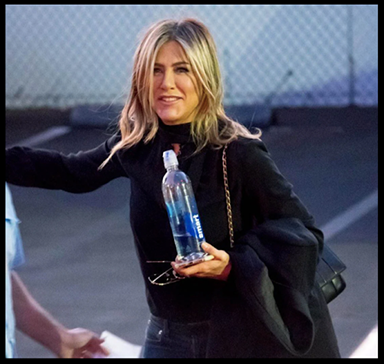
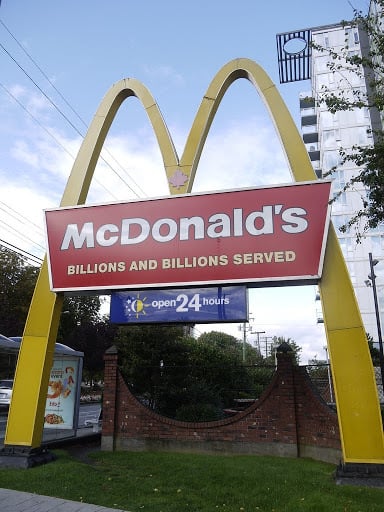

They’re all examples of companies using social proof in the wild:
- The celebrity who just happened to be snapped by the paparazzi while toting a water bottle.
- The McDonald’s “Billions and Billions Served” sign slogan.
- And, of course, the classic ad with the sugarless gum dentist survey.
We’re so used to social proof these days that we barely register it, let alone take a minute to think about what it means—and if it’s even true. Does seeing that actress Jennifer Aniston chose a particular brand of bottled water make you want to buy it too? And does it change your view if you know that she was a paid spokesperson for that brand?
That’s approaching the line of good vs. bad social proof. Then something comes along like the app that inspired this post that makes a simple staged paparazzi photo seem like (bottled) water under the bridge.
I won’t mention the app’s name because it doesn’t deserve free publicity but I’ll describe it. When added to a website’s code, this app produces fake social proof. Think shady pop-ups telling potential customers that 12 other shoppers have that same item in their cart or a ‘testimonial’ from someone with just a first name, last initial, and an Unsplash headshot.
Why would anyone fake social proof? The thing is that we now expect it. We look for reviews and star ratings and blurbs from peers and experts. And if a company or product doesn’t have social proof, well I guess they start manufacturing their own. Shady.
So I wanted to write about doing social proof the right way. Namely, eight ways you can include social proof in your business proposals. You don’t want or need to include all eight but this will help you add some social proof—without resorting to any sketchy tactics.
But first, let’s go back to 1984.
What is social proof?
Social proof is the “tendency to see an action as more acceptable when others are doing it.” - Robert Cialdini, author of Influence
Social proof, a term coined by Robert Cialdini in his 1984 book, Influence, is also known as informational social influence. It refers to a psychological and social phenomenon where people are influenced to copy the actions of others.
Social proof is pervasive. It can be used intentionally, like how a barista rakes in more tips if they “prime” the jar by adding a few bucks of their own money to it at the start of their shift to make it look like other patrons have already tipped them. Or it can be a side effect, like when we evaluate a social media account’s trustworthiness based on its follower count.
We even give into social proof when we recognize that someone is attempting to influence us and we don’t like it. Case in point: sitcoms that use canned laughter. Even if we find laugh tracks annoying, we’re still more likely to rate a show that uses one as funnier than one that doesn’t.
The importance of social proof in sales and marketing (and why social proof is important for proposals)
Why do marketers use social proof? Here’s the short answer: because it works, even when we’re not aware of it.
Social proof is about building trust and, frankly, trust sells. It’s why old-timey snake-oil salesmen couldn’t just wander into town and yell, “Anyone want to buy this?” They would do ‘demonstrations’ and talk about how many people their tonic had helped in an effort to convince the townspeople to part with their money.
Unfortunately, public trust in salespeople hasn’t increased much since those days. Today, six out of 10 B2B buyers question the integrity of sales reps. And more than half of those buyers don’t believe B2B companies follow through on their promises.
How can modern sales teams build trust? They need to know their stuff, act as an advisor to their prospects, honour commitments, show integrity, and be human. Your proposals should be doing the same, building trust by using true real-life examples, offering advice based on previous purchases, and showing the human side of your business. And you can accomplish this with social proof.
If you think case studies are the only way to include social proof in your proposals, I’ve got seven more that might more strongly resonate with your target market or buyer personas. Let’s take a look at them all and some examples of how to use them right.
Deals going dark? We can help.
Discover what more than 2M proposals can teach you about getting ahead of the competition. Shine a light on your next opportunity with insight and advice from the proposal experts.
Get The Free Report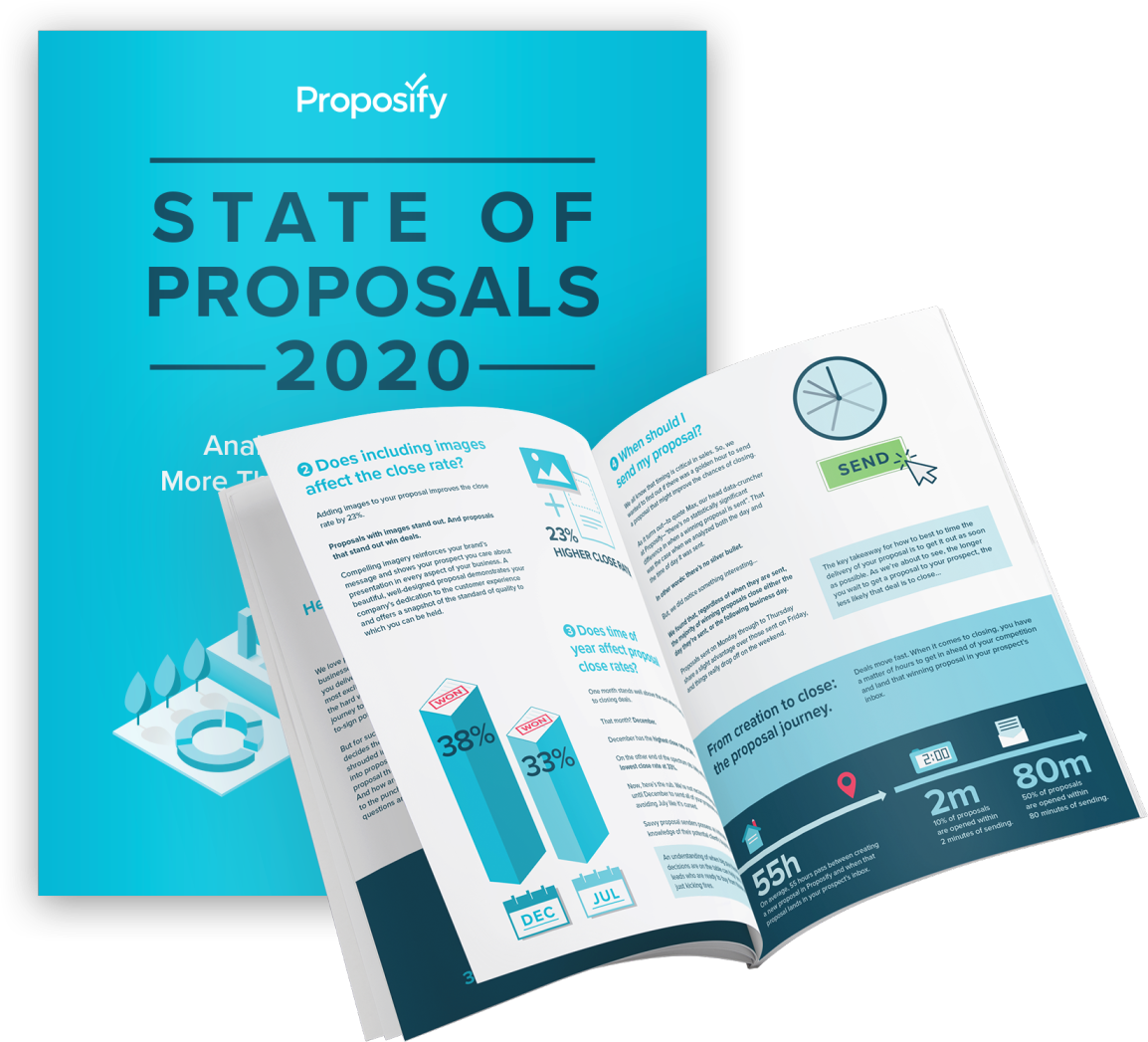
How do you show social proof in a proposal? 8 ways to include social proof with examples
- Case Studies
- Customer Stories
- Testimonials
- Experts
- Famous Names
- Reviews and Rankings
- People Also Bought
- Exclusivity or Everybody’s Doing It
1. Case Studies
Though I hope that including case studies in proposals is common practice, I couldn’t not include the OG of proposal social proof tactics.
So, how can you make sure you’re doing case studies right? The best case studies are representative and recent. This means that you have case study write-ups ready to roll that would resonate with each of the main industries you serve or customer personas you target.
This connection helps your prospective clients see themselves in the stories of your case study customers because, as Cialdini found, social proof works better horizontally than vertically. That means people are more likely to be persuaded by someone they identify with or consider a peer.
And hard numbers and stats are also more convincing if you can get your subjects to divulge them. For example, which of these statements is more persuasive?
On the Proposify website, more people sign up for a free trial if they also view one of our case studies.
OR
On the Proposify website, we see a 14.5% increase in free trial sign-ups among visitors who also view one of our case studies.
Specific will always win out over vague when it comes to social proof.
2. Customer Stories
This term is often used interchangeably with case studies, but I’m using it here to make a distinction. In the case studies section above, I recommended using hard numbers. But what about products or services that might not lend themselves well to statistics?
Try customer stories instead. They’re exactly what they sound like: customer anecdotes about their experience with your company that highlight aspects that a prospective customer would be interested in.
For example, a prospective customer receiving a proposal from your janitorial services company might not care about how quick your cleaners are and that they finish each job in an average of two hours. But they might be persuaded by a customer story about how using your company for their janitorial needs made the client’s life easier and provided them with peace of mind.
3. Testimonials
I like to think of testimonials as the sprinkles of the case study/customer story family. Testimonials are short, quick customer review snippets that you can sprinkle throughout your proposal.
They’re especially useful when you pair the testimonial topic with the proposal page or section subject matter. For example, on an About Us page where you introduce your team members, you might want to also include, say, a customer testimonial where they talk about how helpful and knowledgeable your team is.
4. Experts
Often when we think about experts and social proof we think about external experts. Like the doctor or scientist or other professional who pops into the infomercial to try to convince the audience that the crazy product being hawked is legit.
But there are ways to do this right. One is to get a testimonial from a real expert in your company’s field or with knowledge of your industry or area of work. The other one is to show off your in-house expertise. Be sure to mention your team’s credentials if they have certifications, specialized licences, or other qualifications.
5. Famous Names
If you have a photo of a famous actress walking into an interview holding one of your products and you think that’ll boost your social proof, I’m not saying don’t include it in your proposal. It’s just that those kinds of endorsements, paid or otherwise, tend to be more common in the B2C world than the B2B realm.
But your company might still have some well-known names associated with them—your own customer logos. It’s the proposal equivalent of Jennifer Aniston just “happening” to get photographed holding a certain brand of water bottle: these famous stars brands trust us so you should too.
Or, on the flip side, your company or product could be the star that everyone’s talking about. Being featured in well-known media outlets and adding an “As seen in” section or something similar is also a form of social proof.
6. Reviews and Rankings
You could talk about your reviews from customers on trusted customer review sites like G2 in different ways:
Simply your star rating (or however that particular site allows users to rate companies).
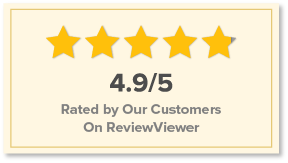
Include how you’ve maintained a strong rating over a period of time.
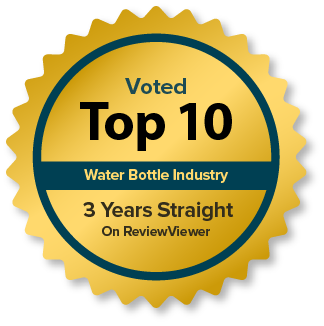
Call out a specific rating you’re particularly proud of, like customer rankings for product reliability or customer satisfaction.
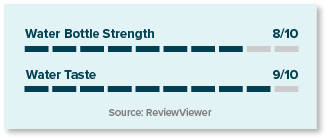
Or you could show where you stand ratings-wise in comparison to competitors.
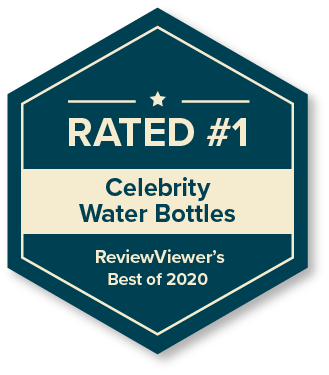
7. People Also Bought
If you’ve done any online shopping lately, you’ve probably encountered this social proof tactic. You select a product (like garden soil) and an algorithm shows you other products or services that you might be interested in based on your original choice (like tools or landscaping services).
But how can you use ecommerce social proof in a proposal? Let’s say your proposal’s pricing section shows three packages at three different price points. You could highlight one as a best-seller or another as being popular amongst a certain target market.
These little social proof hints help prospective buyers make decisions and identify with other buyers, both things that bode well for winning the deal.
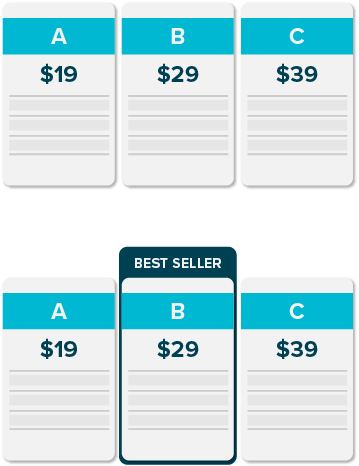
8. Exclusivity or Everybody’s Doing It
Who doesn’t want to belong, right? This social proof approach is why company websites show their total number of users or tout that enrollment in their program is limited to 20 people.
There are two ways to go with this customer count-based social proof tactics.
- You could go the McDonald’s route with a “billions served” type of positioning that points out that a prospective customer would be joining a crowd of satisfied customers by working with you.
- Or, particularly if your product/service is at a higher price-point or you only take on a certain number of clients or products a year, you could point to the exclusivity of signing on with or buying from your company.
In either case, including this social proof tactic in your proposal will signal the type of group the customer would be joining and whether that inclusion is aspirational or familiar.
The “dark side” of social proof and how to avoid it
As you can see from these examples, social proof can be very influential. That’s why you should be very careful about how you include it in your proposals.
Social media is rife with this sort of thing: think about how many shady accounts buy fake followers, post glowing reviews from folks whose photos can be found on Unsplash, and inflated ‘like’ counts.
Tricks like these might work to obtain short-term gains, like quick, one-off sales where you can burn a bunch of bridges and just go on to the next sucker—I mean, customer. Usually, if you’re sending a proposal you’re attempting to build a relationship with a client, through a project, ongoing service, repeat business, subscription, etc. Being fake might get you in the door but you’re not going to stay in for long if you can’t back up your claims.
Good social proof:
- Includes real names, titles, companies, and photos.
- Comes from trusted sources, like validated review sites. (P.S.: If you’re promoting rave reviews you’ve received or sending people to your profile on review sites, make sure your company info is up-to-date and that you actively respond to reviews, good and not-so-good alike.)
- Doesn’t rely on scammy urgency. Creating a sense of urgency during a deal is effective; scamming is not. Nobody likes to be told something is a once-in-a-lifetime opportunity, only to see it offered again a week later.
- Is really real. Sometimes this is almost counterintuitive. People trust the dentists in that classic advertising example referenced at the beginning of this post not in spite of that one hold-out dentist but because of them. In fact, studies show that clean round numbers are considered less trustworthy—saying you’ve trained 9,984 mechanics is actually better than 10,000 and a 4.8-star rating is more believable than a perfect 5.0.
Oh, and one final tip: don’t try to jam all eight of these social proof tactics into your proposals, especially if some aren’t a natural fit with your company or your customers. A couple solid and specific social proof examples is better than several weak, vague, or sketchy ones.
Building social proof the right way
How do you know which type of social proof will resonate in your proposals? The best way to be sure you’re using social proof the right way is to know your customers.
If you have strong buyer and customer personas already constructed, you should be able to figure out what’s going to have the greatest influence and make sure to include true and fair examples of that type.


